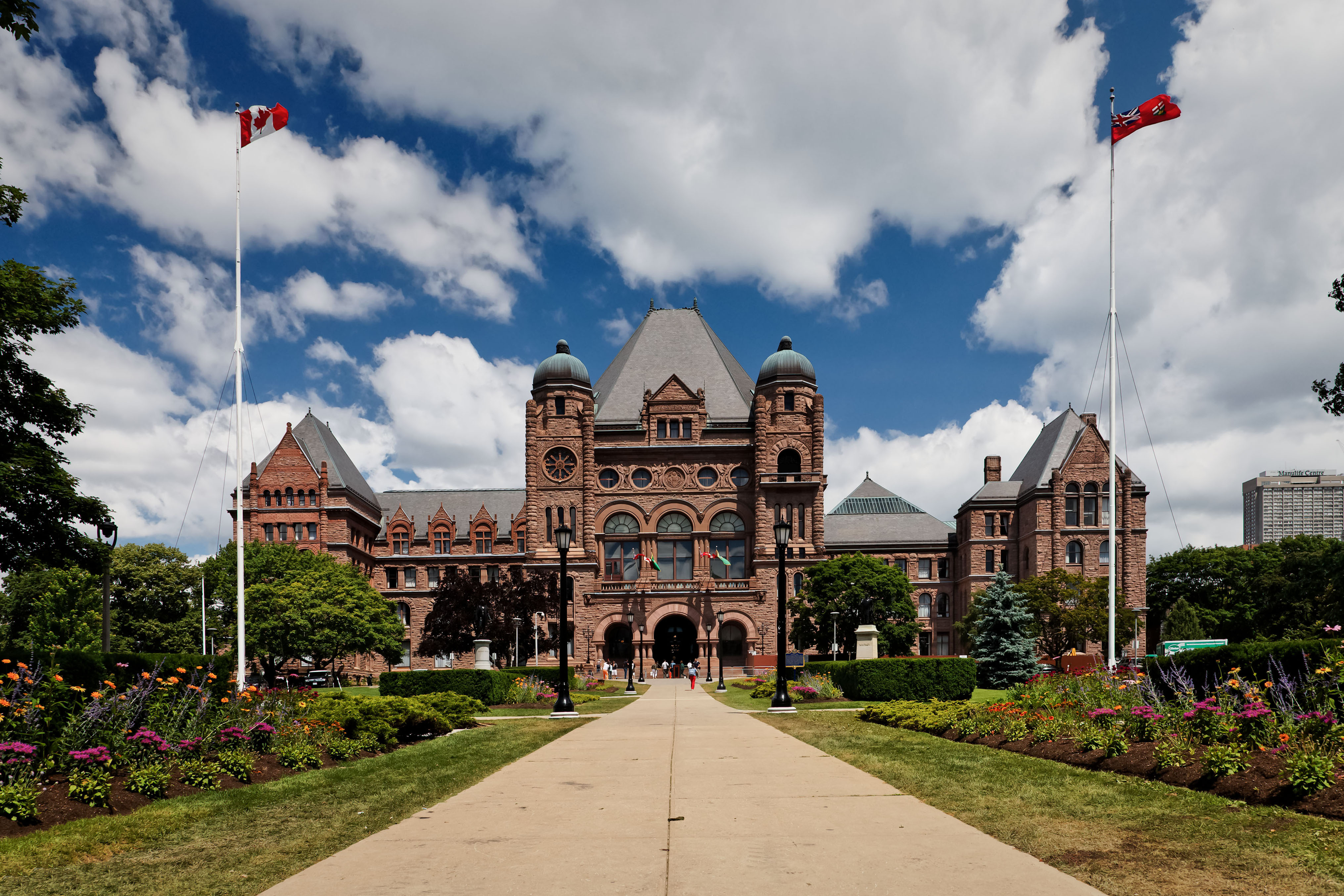One need look no further than the recent announcement from the Government of Ontario for examples of what those changes can mean to residents of each province.
Ontario Dental Insurance Changes
Quietly, and with little fanfare, the Ministry of Community and Social Services in Ontario announced a new “Healthy Smiles Ontario Program.” The plan integrates six dental programs into one with the goal of making it easier for low-income families to access dental care resources in the province of Ontario.
The changes came into effect on January 1, 2016, and apply to services formerly covered by the Ontario Works Act, the Ontario Disability Support Act, and those who received services due to residence in a First Nations geographic area. These program updates are great news to the small percentage of the population that is eligible for assistance with paying for their dental care.
The quiet nature of the announcement of these changes, however, reminds us all that government health insurance plans are subject to change at any time. That can leave Canadians without private health insurance coverage wondering who pays for what under their provincial healthcare plans.
Who Pays for Healthcare in Canada
In Canada, private health expenses, including out-of-pocket payments for individuals and claims paid by insurers, were pegged at around $63 billion in 2013. The Canada Health Act hasn’t changed, but there has been a six-fold increase in costs nonetheless. There is a lot of variance by province, and this comprehensive guide can help you get a handle on what’s in and what’s out in your province of residence.
One thing we know is that items are more likely to be delisted from provincial services than they are to be added to the list. If you’ve been holding off on getting dental insurance because you hope it will one day be added to the list of provincially covered services, we hate to be the bearers of bad news, but it’s probably not going to happen.
In the meantime, 32% of Canadians do not have coverage for dental care. Every year, four million workdays are lost because of emergency trips to the dentist. That amounts to nearly a billion dollars in lost productivity, each and every year. You may be wondering how these national economic statistics apply to you. Ask yourself this: Can you afford to take time off work to treat a dental emergency?
Health and Dental Insurance Offers Financial Security
One thing that is clear is that Canadians in all provinces are best served by carrying supplemental health insurance. Some are fortunate enough to have these benefits provide through their place of employment. However, millions of self-employed Canadians, contract workers, retirees and their dependents are not so lucky.
A recent study from the Canadian Payroll Association suggests that half of Canadians are living from paycheque to paycheque. The financial hardship of paying out of pocket to treat a dental emergency could spell disaster. It’s true that a health and dental insurance policy adds to the monthly household expenses, but it’s a fixed cost to be worked around, rather than an unknown variable.
In other words, health and dental insurance offers a layer of financial security to those who need it most. The trick is to identify a policy that offers adequate coverage while still fitting in the household budget. Fortunately, you don’t have to figure that out on your own. An insurance broker can help you examine the available options and choose the right coverage for your needs.
Let an Insurance Broker Be Your Guide
Knowing what’s in and what’s out for provincial healthcare is a tricky business. With each annual budget, there is always the possibility that something that is covered today won’t be tomorrow. Insurance companies keep a watchful eye on the latest developments in healthcare to stay ahead of changes, and an insurance broker is your ticket to better understanding how these shifts in policy may affect you. Let’s get started by finding the right dental insurance coverage for you and your family.




